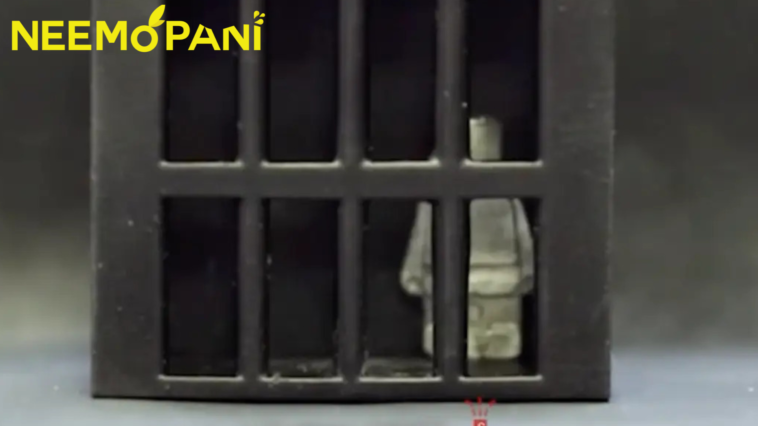T-1000, a shape-shifting android assassin in the 1991 film Terminator 2: Judgement Day, effortlessly walk through metal bars, and a small real-life robot can now do the same – almost. Liquid Robot escapes jail in Terminator-Style and we are just in awe.
The robot, unlike the T-1000, does not just walk through the grid, but rather transforms from solid to liquid to slip through a space between the bars that would otherwise be too small for it to pass.
The video then shows the minuscule robot reverting to its former Lego figurine-like appearance. The work was published in Matter, a peer-reviewed scientific publication.
Traditional robots are “hard-bodied and inflexible,” but soft robots are flexible but weak and difficult to manage, according to the experts.
“Giving robots the capacity to convert between liquid and solid phases gives them additional usefulness,” said Chengfeng Pan, the study’s lead author and an engineer at the Chinese University of Hong Kong.
Researchers created the new shape-shifting material by embedding magnetic particles in gallium, a metal that melts at about 30°C (or about 86°F).
“The magnetic particles here have two roles,” said Carmel Majidi, a senior study author and a mechanical engineer at Carnegie Mellon University in Canada. “One is that they make the material responsive to an alternating magnetic field, so you can, through induction, heat up the material and cause the phase change.”
Magnetic particles also make the robot move in response to a magnetic field. Using the magnetic field, researchers had the robot jump over the moat, climb a wall, and even split in half to move other objects in coordination before merging back – bringing it another step closer to the T-1000.
“Now, we’re pushing this material system in more practical ways to solve some very specific medical and engineering problems,” Pan said.
Potential applications include biomedical use, such as removing foreign objects from human bodies or delivering drugs on demand. The technology could also be used as a universal “screw” in hard-to-reach spaces.
Despite the analogies with the Terminator, researchers said they had drawn inspiration from marine animals like sea cucumbers that can alter the stiffness of their tissue when necessary.
Other animal-inspired research includes a spaghetti-like robotic gripper based on a jellyfish.





